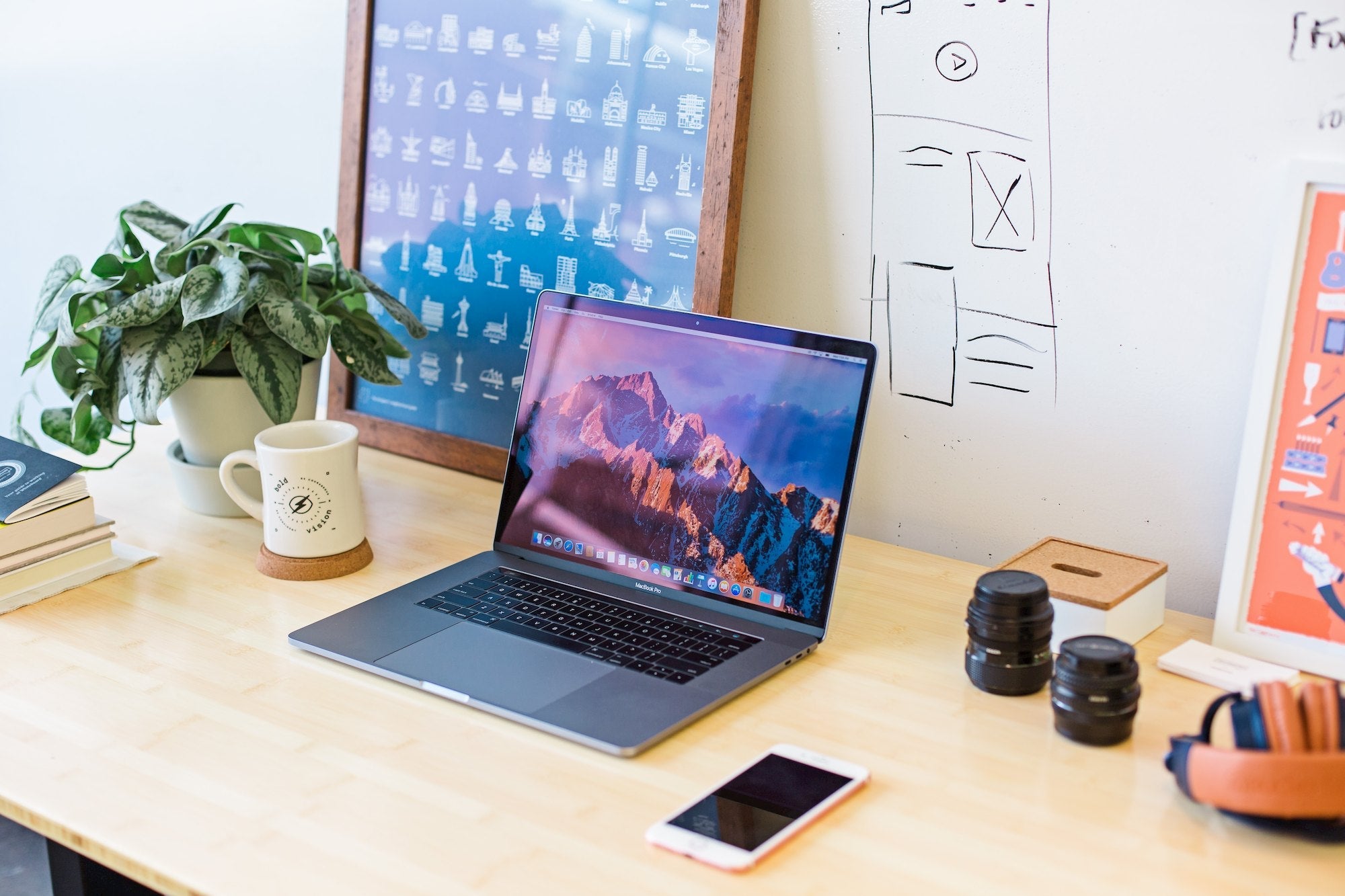Usability testing primarily consists of looking for the answer to the question: “How do people use this product?” It’s often a part of designing UX and/or UI of a new product, for example, a website or app.
Usually, usability testing requires gathering a person or a group of people in a place where the test is being conducted. As this solution has its limits and boundaries, remote usability testing is an increasingly popular method.
It helps multinational companies perform more tests simultaneously, with users scattered across the globe. As a part of UX Fellows, we support companies with performing usability tests in Poland.
All you need is to follow some simple rules and online tools to run usability tests remotely. Here, I will walk you through some of the most important aspects of that approach.
What is remote usability testing?
From a broader perspective, remote usability testing is a UX research technique applying usability testing principles. These conduct tests using software that tracks and record users’ behaviour.
This way, and depending on the tool’s features, researchers can essentially track where people look, how they interact with the product, or even what they say while doing so. For this, researchers can refer to online recording tools to reach testers worldwide.
The benefits of applying remote usability testing include:
- Cost reduction – as remote usability tests can scale without the need of renting a physical location, they are much cheaper than standard usability tests.
- Time efficiency – with more users being able to perform at any given moment, these tests take much less time to gather more data.
- Broader reach – researchers can find a wide variety of diverse users to participate in tests.
- Security – modern tools offer data anonymity, meaning the results are secure, with specific users unable to be tracked.
Moreover, some of the tools for remote usability testing can be continuously used, based on regular user sessions. Heatmaps, for example, use the data from recorded websites’ or apps’ sessions, giving researchers insights into how users interact with the product.
Moderated vs unmoderated testing
If you’re convinced to conduct remote usability tests, you can choose between two methods: moderated or unmoderated testing.
What is the difference between these two methods?
- For moderated remote usability testing, a researcher (or a moderator) participates in the test. Although they won’t be in the same location, they can communicate with participants via online tools, asking questions for clarification.
- Unmoderated remote usability testing, on the other hand, includes only test participants. They follow a pre-defined set of tasks or simply use the product as they see fit. The results are then recorded for further examination by researchers.
Which of the following leading tools are geared towards both types of remote usability testing?
- Hotjar – session-recording software that provides insights into unmoderated user behaviour. This programme requires users to interact with a live version of the product.
- Maze – a tool for unmoderated testing, offering access to 70,000 beta testers. Can be used at different stages of product development.
- UserZoom - user experience research platform, suitable for both moderated and unmoderated tests.
5 Tips for remote usability testing
1. Start with planning
As with most projects, running successful remote usability tests will require some degree of planning. What this means is that you will need to understand your goals and objectives, so that you know how best to test them.
If you’re not sure what to test, think of:
- The flaws in your product that you consider harmful to its usability.
- Developing a proven desired user interaction hypothesis.
- Possible bottlenecks you want to reduce.
Then, think of the best ways to test these assumptions. Would do you need to create interviews? Maybe a heatmap will suffice? Knowing what exactly it is that you’re testing will help you to determine the best tools.
For better results, you should choose one goal and focus on it entirely.
2. Gather participants
We can break this stage down into two problems which researchers face:
- With who exactly do you want to test your product?
- How will you source the participants for your test?
The first problem is bound to users’ demographics. If you already have a running product, like a website or app, check their analytics to discover those using it. A good question to ask is if they cover your desired target audience. If yes, use this data to find similar people to test your product.
In case you are testing a prototype, refer to your user persona to determine with whom you should test your product.
After you verify with whom to test your solution, comes the real struggle for many researchers. How do you reach the relevant people and convince them to take part in your research? Luckily, there are existing communities of beta testers. Some tools, like Maze, which I have mentioned, offer you access to verified testers as part of the tool’s subscription.
3. Get your questions right
For moderated remote usability tests and interviews (e.g. using online surveys), how you structure your questioning is a dealbreaker. It is up to you to formulate easy-to-understand questions.
At the same time, it is also essential to ask the right questions – the answers to which can yield valuable feedback. General questions about user experiences with your solution may not suffice.
For example, if you’re testing an e-commerce payments page, ask specific questions like:
- What are your concerns when paying online?
- What makes you abandon your shopping cart?
- Which types of details are you uncomfortable with sharing with an e-commerce website?
4. Test one item at a time
Just like with defining your goals, you should decide what to ask for at different stages. Always test one thing at a time and ask questions precisely about this step. Then, move to the next one.
This will not only give you more specific answers but also help you ask the right questions.
Let’s get back to our e-commerce example. It’s better to break your tests into different stages, instead of testing the entire online store at once. Here’s how to do it:
- Test how users browse products online. You can even split this into the tasks of testing the website and mobile performance.
- Find out what information customers look for while shopping online.
- Test cart abandonments to see what makes them bounce.
This way, you can spot mistakes in your e-commerce design which you should fix.
5. Test your tests
The last thing you will want is to invest time into running remote usability tests using the wrong scenarios or questions.
Evaluate your tests before sending them to beta users. You can ask your colleagues to try them and see how they respond. If the feedback is ok, you can send it to your defined group of test participants.
Summary
Using remote usability testing, you can easily find out how people interact with your product, what they think about it. You can use it, for example, to test your conversion optimisation efforts, cart abandonment, or to see if your prototype is what people would actually use.





